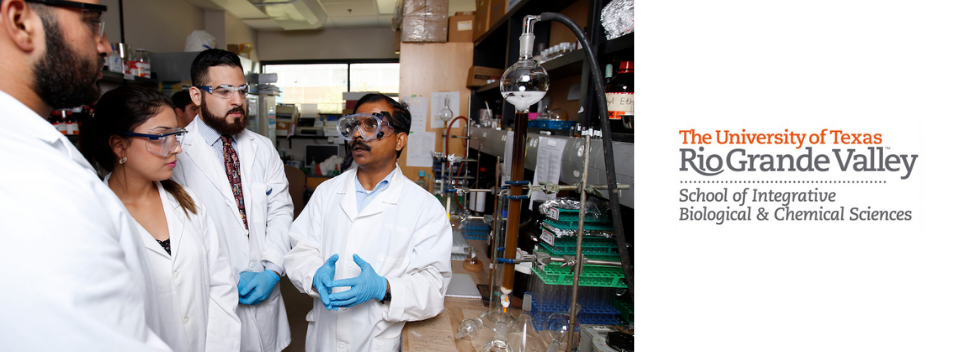
School of Integrative Biological & Chemical Sciences Faculty Publications and Presentations
Document Type
Article
Publication Date
8-18-2022
Abstract
Habitat availability determines the distribution of migratory waterfowl along their flyway, which further influences the transmission and spatial spread of avian influenza viruses (AIVs). The extensive habitat loss in the East Asian-Australasian Flyway (EAAF) may have potentially altered the virus spread and transmission, but those consequences are rarely studied. We constructed 6 fall migration networks that differed in their level of habitat loss, wherein an increase in habitat loss resulted in smaller networks with fewer sites and links. We integrated an agent-based model and a susceptible-infected-recovered model to simulate waterfowl migration and AIV transmission. We found that extensive habitat loss in the EAAF can 1) relocate the outbreaks northwards, responding to the distribution changes of wintering waterfowl geese, 2) increase the outbreak risk in remaining sites due to larger goose congregations, and 3) facilitate AIV transmission in the migratory population. In addition, our modeling output was in line with the predictions from the concept of “migratory escape”, i.e., the migration allows the geese to “escape” from the location where infection risk is high, affecting the pattern of infection prevalence in the waterfowl population. Our modeling shed light on the potential consequences of habitat loss in spreading and transmitting AIV at the flyway scale and suggested the driving mechanisms behind these effects, indicating the importance of conservation in changing spatial and temporal patterns of AIV outbreaks.
Recommended Citation
Yin S, Xu Y, Xu M, de Jong MCM, Huisman MRS, Contina A, et al. (2022) Habitat loss exacerbates pathogen spread: An Agent-based model of avian influenza infection in migratory waterfowl. PLoS Comput Biol 18(8): e1009577. https://doi.org/10.1371/journal.pcbi.1009577
Creative Commons License

This work is licensed under a Creative Commons Attribution 4.0 International License.
Publication Title
PLos Computational Biology
DOI
https://doi.org/10.1371/journal.pcbi.1009577


Comments
© 2022 Yin et al. This is an open access article distributed under the terms of the Creative Commons Attribution License, which permits unrestricted use, distribution, and reproduction in any medium, provided the original author and source are credited.